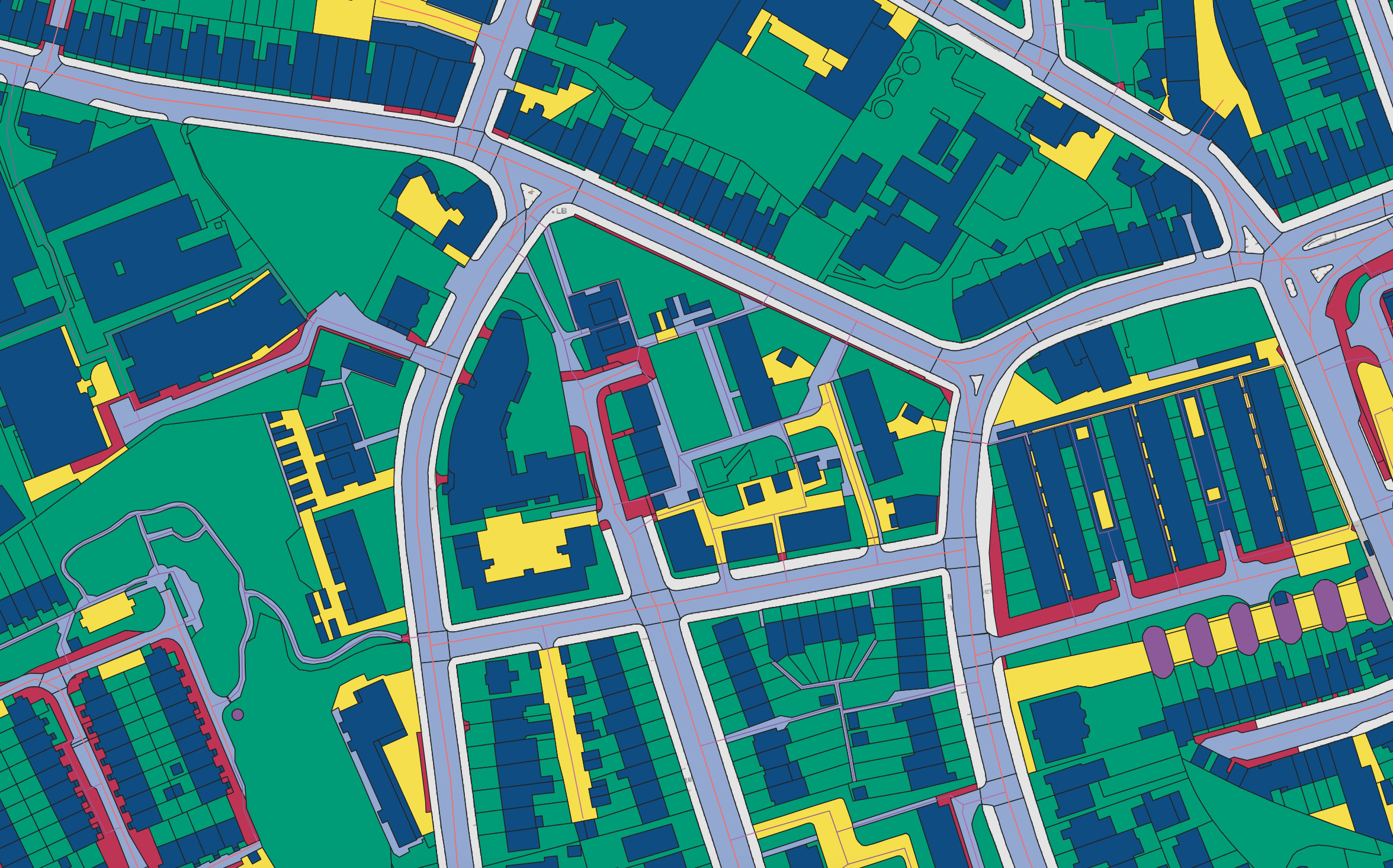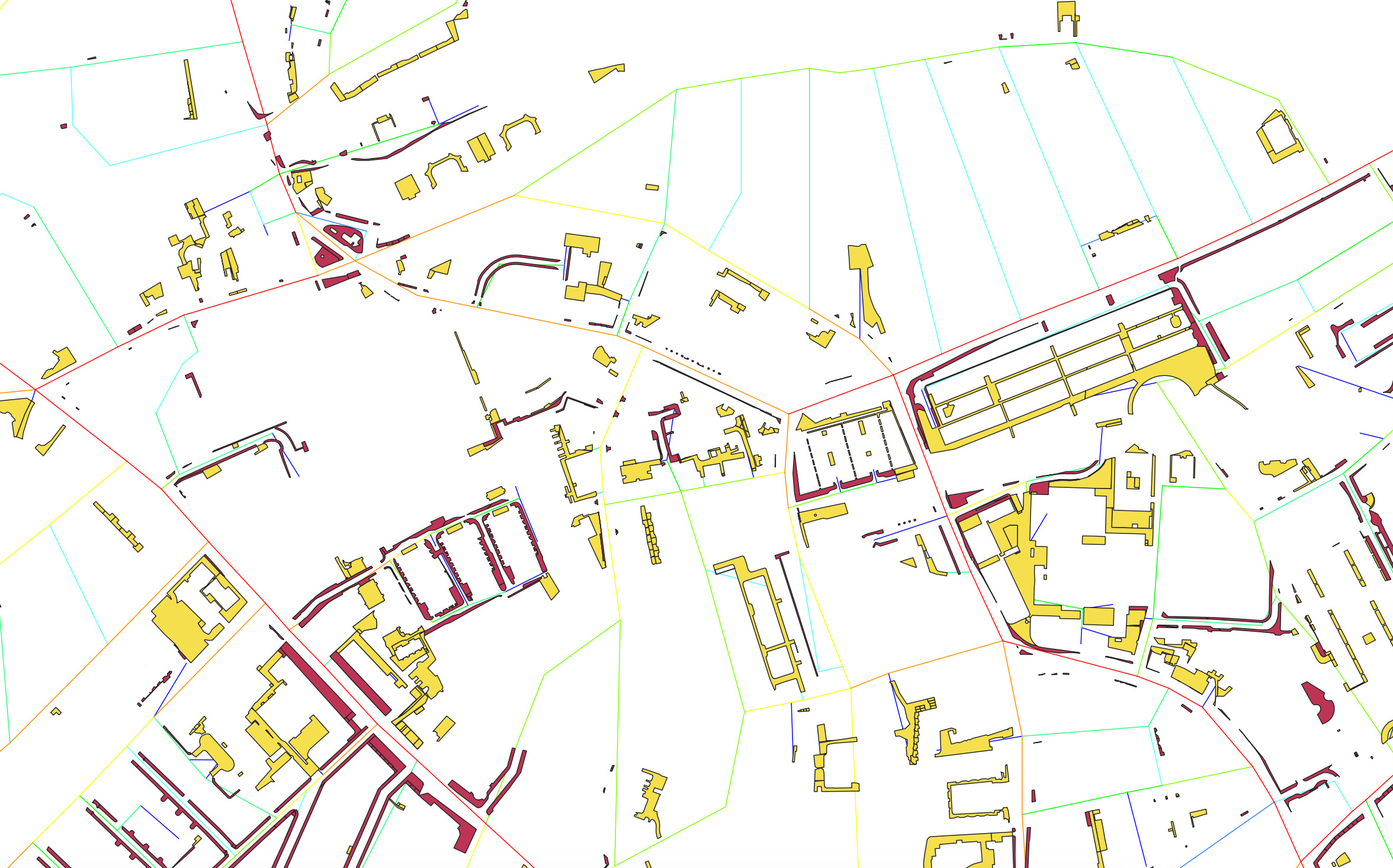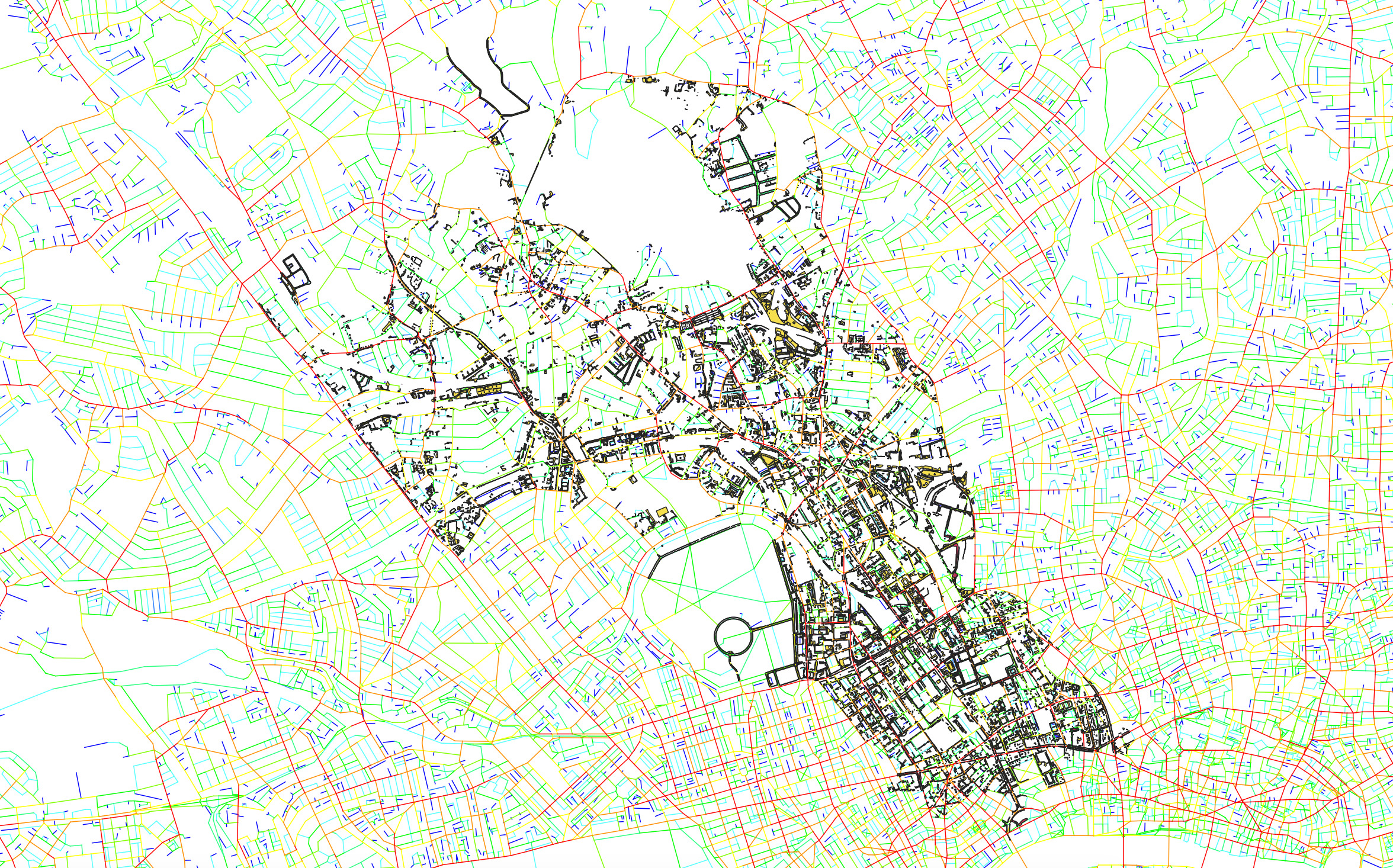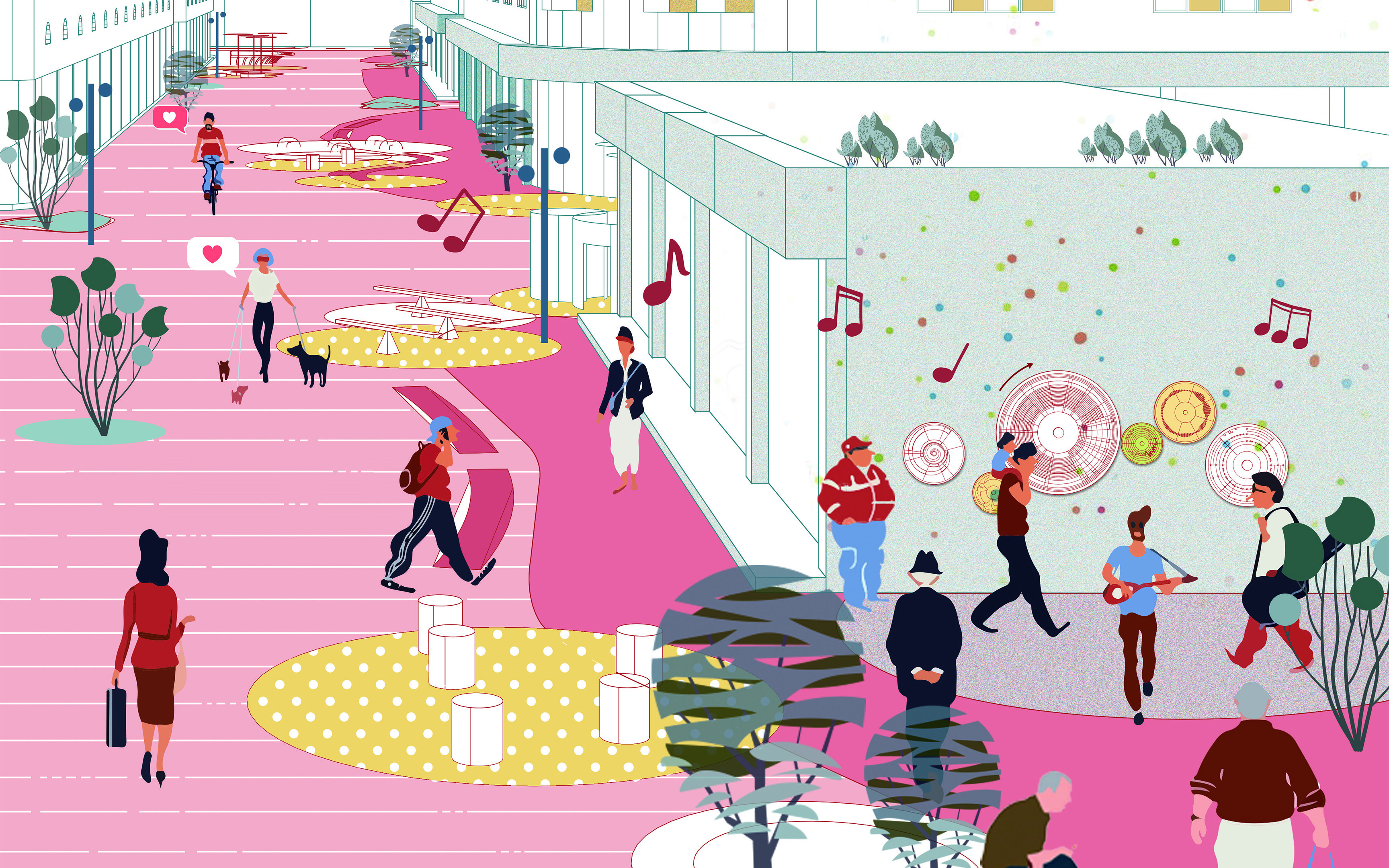Urban Morphology Mediating Human Activities
Investigating the Impact of Leftover Spaces on Street Walkability
Car-oriented urbanism has negatively impacted public spaces, leading to poor walkability and the creation of fractured leftover spaces. It is crucial to investigate these leftover spaces, as the activities within them reflect people’s urban life needs and reveal the relationship between pedestrian movement, land use, and street connectivity.
This research aims to understand leftover spaces and their significance in making cities more walkable, bridging the fields of urban design, spatial analytics, and human behaviour research. It offers new insights into creating more walkable and vibrant urban environments by understanding the interplay between spatial form, social function, and human activities.



